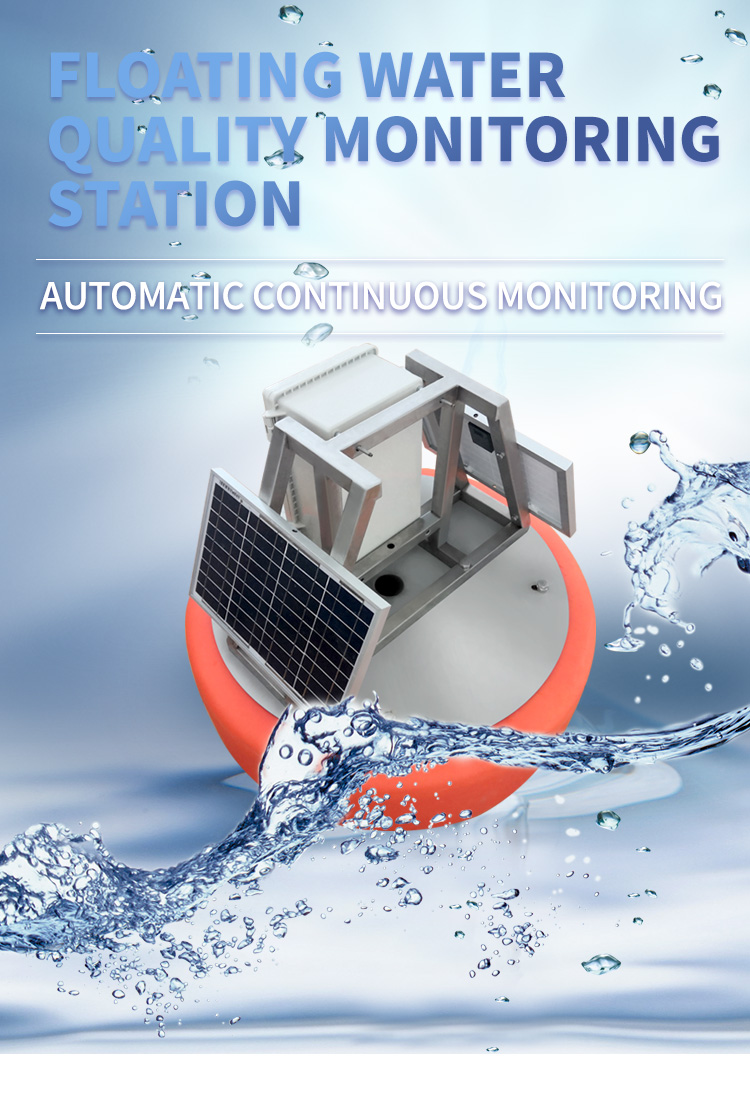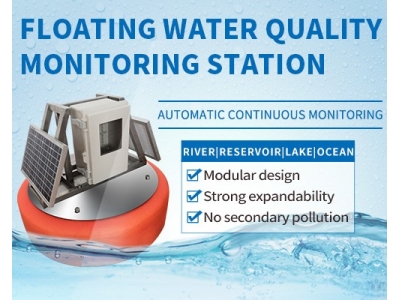Water is the most crucial resource for our planet, and it contributes to the growth and development of humanity. However, with the growing population and industrialization, water pollution is becoming a major concern worldwide. Contaminating the water bodies can seriously impact the ecosystems, leading to severe ecological damage and even threatening human life. It is, therefore, crucial to closely monitor the water quality and take steps to prevent pollution.

Water quality monitoring includes the collection, analysis, and interpretation of data that helps in the identification of physical, chemical, and biological characteristics of water. Earlier, manual testing methods were used to assess water quality, which were slow and offered limited information. With the advancement in technology, numerous automated systems have been developed to monitor the water quality and provide real-time data analysis.
Today, sophisticated technologies are available, making it possible to monitor water quality parameters continuously. These advanced technologies include the Internet of Things (IoT), Artificial Intelligence (AI), and Big Data. These technologies use real-time data analysis to provide a comprehensive understanding of water quality and help in identifying and addressing problems in real-time.
One of the most important advances in water quality monitoring technology is the Internet of Things (IoT). The IoT is a network of connected devices that can collect data on various water quality parameters such as temperature, pH, turbidity, and dissolved oxygen in real-time. The sensors used in IoT devices can be placed in various paddocks and water bodies to monitor water quality at regular intervals.
The data collected by the IoT devices is analyzed using Artificial Intelligence (AI) and Machine Learning (ML) algorithms to assess the quality of water and identify the sources of contamination. The AI algorithms can also detect patterns in water quality data and predict future water quality trends.
Another promising technology for water quality monitoring is Big Data. Big Data refers to large datasets that are analyzed to uncover hidden patterns, correlations, and other insights that are otherwise difficult to find. It allows the integration of data from multiple sources, such as meteorological and hydrological data, which can help in understanding the causes of water contamination.
Big Data analytics platforms use advanced machine learning algorithms to process the data and provide a comprehensive understanding of water quality. The analysis could include the identification of contaminants, their sources and their impact on the environment.
Apart from IoT, AI, and Big Data, there are other technology advancements in water quality monitoring, such as remote sensing and satellite imagery. Remote sensing involves the use of aerial photos and satellite images to analyze the water bodies' physical and biological characteristics, such as water temperature and the presence of algae.
Satellite imagery is excellent for monitoring large bodies of water, such as oceans and lakes, as it can provide data for large areas in a short time. The data can help identify hotspots of pollution and help in a timely intervention to prevent ecological damage.
The technology advancements in water quality monitoring and analysis are essential for sustainable water resource management and ensuring the health of our planet. These technologies could help predict and prevent water contamination, thereby reducing costs associated with water treatment and minimizing environmental damage.
In conclusion, Beyond the Basics: Advanced Technologies for Water Quality Monitoring and Analysis, such as IoT, AI, and Big Data, can offer many benefits in monitoring water quality. These advanced technologies can detect patterns and trends, create alerts, and enable us to intervene effectively and prevent ecological damage, ultimately improving our planet's sustainability.






